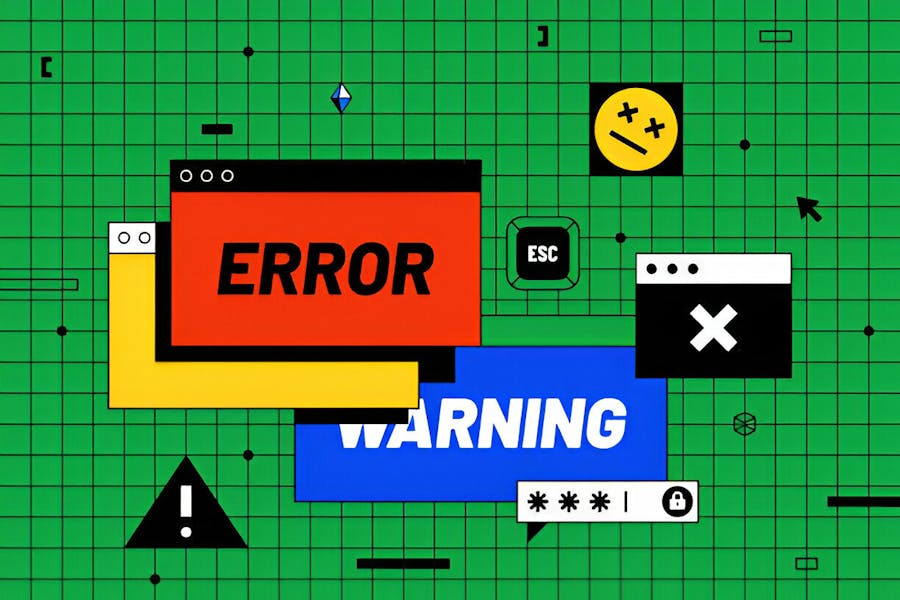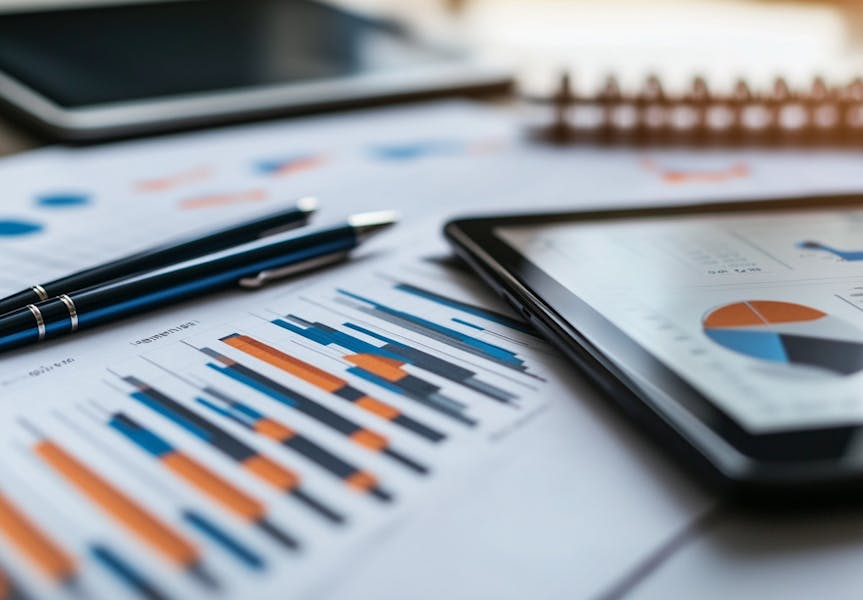Australia’s Internet Speed: How Does It Compare to the Rest of the World?

Imagine trying to stream your favorite show, but the video keeps buffering, or attending a crucial video meeting only for the connection to drop out. For many Australians, these frustrations are still a reality. Despite being one of the wealthiest countries in the world, Australia's internet speeds continue to fall behind many other developed nations. But where exactly does Australia stand in the global race for internet speeds, and what is being done to improve the situation?
Australia’s Current Global Ranking: A Clear Gap
According to the Speedtest Global Index, Australia ranks 22nd globally for mobile internet speeds and 79th for fixed broadband speeds as of December 2024. For context, Australia’s average mobile internet speed is 82.73 Mbps, which is far behind the leading nations like Singapore, South Korea, and Hong Kong.
- Singapore continues to dominate the charts with a median mobile download speed of over 280 Mbps.
- South Korea, often regarded as a leader in digital infrastructure, boasts average speeds of around 145 Mbps for mobile and up to 1 Gbps for fixed broadband.
- Hong Kong and Switzerland also outperform Australia, ranking consistently in the top 10 for both mobile and fixed broadband.
This shows a significant disparity in the internet speeds available in Australia when compared to top-performing nations.
Why Does Australia Lag Behind?
There are several key factors that contribute to Australia’s slower internet speeds, especially in comparison to global leaders:
- Geography: Australia’s vast and spread-out landmass makes it harder to provide high-speed internet to rural and remote areas. The cost of installing infrastructure in these areas is high, and many regions are still reliant on older technologies.
- Infrastructure: The National Broadband Network (NBN) was introduced to improve internet speeds across the country, but its rollout has faced delays and criticism. In some areas, the NBN still uses copper-based connections, which significantly limit internet speed. Only a portion of the population has access to fiber-to-the-premises (FTTP), which offers the best speeds.
- Older Technologies: While countries like South Korea and Singapore have rapidly deployed 5G and fiber-optic networks, Australia’s adoption has been slower. The reliance on older infrastructure continues to hold back progress.
Efforts to Close the Gap: What’s Being Done?
The Australian government has recognized the need for faster and more reliable internet, which has led to significant investments aimed at improving the country's digital infrastructure. Some key developments include:
- NBN Upgrades: In December 2024, the Australian government announced an additional $3 billion investment into the National Broadband Network (NBN). This investment will focus on expanding fiber connections, which are expected to provide speeds of up to 1 Gbps to over 600,000 Australian homes and businesses by 2030.
- 5G Rollout: Australia’s 5G network is also being expanded. The introduction of 5G is expected to significantly improve mobile internet speeds, with some areas already seeing speeds up to 1.2 Gbps. By 2025, the 5G rollout is expected to cover 95% of the Australian population.
- Improved Competition: The NBN’s competition with private broadband providers is pushing the industry to offer faster speeds. There are also newer providers focusing on improving regional coverage with better mobile broadband.
Where Does Australia Stand Compared to the Rest of the World?
Let’s take a closer look at how Australia stacks up against some global leaders:
- Singapore leads the world, with mobile internet speeds exceeding 280 Mbps and fixed broadband speeds of over 1 Gbps.
- South Korea consistently ranks near the top with speeds of 145 Mbps for mobile and over 1 Gbps for fixed broadband.
- Hong Kong provides average speeds of 150 Mbps for mobile and 800 Mbps for fixed broadband.
- Australia, at 82.73 Mbps for mobile and 39.65 Mbps for fixed broadband, finds itself trailing far behind these leading nations.
The Road Ahead: Can Australia Catch Up?
While Australia’s internet speeds currently rank lower than many countries, the future is promising. With substantial investments in both NBN upgrades and 5G infrastructure, Australia is on a path toward bridging the digital divide. The NBN’s expansion into rural areas, alongside more widespread access to fiber-optic broadband, will drive speeds closer to the global average.
The government’s focus on 5G and fiber technology is expected to help Australia catch up to countries that have already embraced these advancements. If these investments pay off, Australia could see its global ranking rise in the coming years.
Conclusion
Australia’s internet speeds, while improving, still have a long way to go before catching up with global leaders like Singapore and South Korea. The $3 billion investment into the NBN and the growing 5G network are signs of progress. However, with the current infrastructure challenges and vast geographical hurdles, Australia is unlikely to become a global leader in internet speeds in the immediate future.
Yet, the future does look bright for Australians hoping for faster internet. As new technologies roll out and the NBN is upgraded, Australians can look forward to more reliable and faster connections that will help businesses and individuals take full advantage of the digital age.



